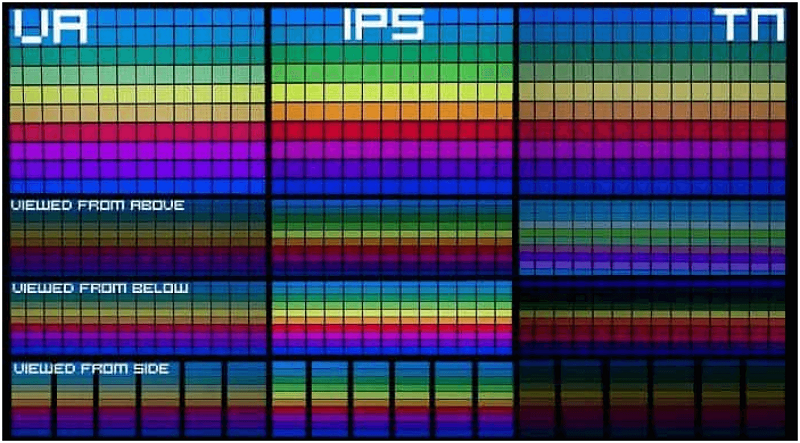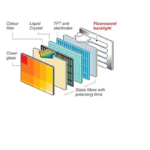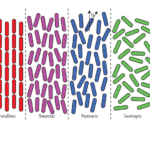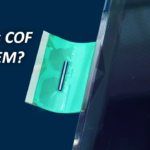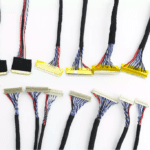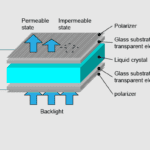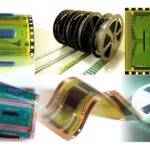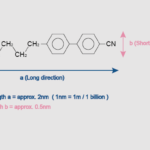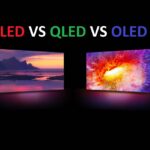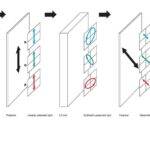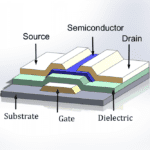Types of LCD Technology
There is total five type of LCD Technology available in the market which is listed below.
- Active-matrix type LCD
- Passive and Active Matrix Displays
- Advanced Fringe Field Switching (AFFS)
- In-Plane Switching Display (IPS)
- Twisted Nematic Display (Twisted Nematic)
Now we will see details information of this technology and how its work:
- Active-matrix type LCD:
Active-matrix type LCDs also depend on TFT (thin-film transistors). These transistors are small switching transistors as well as capacitors which are placed within a matrix over a glass substrate layer. When the proper row is activated then a charge can be transmitted down the exact column so that a specific pixel can be addressed, because all of the additional rows that the column intersects are switched OFF, simply the capacitor next to the designated pixel gets a charge.
- Passive and Active Matrix Display:
The Passive-matrix type LCDs works with a simple grid so that charge can be supplied to a specific pixel on the LCD. One glass layer gives columns whereas the other one gives rows that are designed by using a clear conductive material like indium-tin-oxide. The passive-matrix system has major drawbacks particularly response time is slow & inaccurate voltage control. The response time of the display mainly refers to the capability of the display to refresh the displayed image.
- Advanced Fringe Field Switching Display:
AFFS LCDs offer the best performance & a wide range of color reproduction as compared with IPS displays. The applications of AFFS are very advanced because they can reduce the distortion of color without compromising on the broad viewing angle. Usually, this display is used in highly advanced as well as professional surroundings like in the viable airplane cockpits.
- In- Plane Switching Display (IPS):
IPS displays are considered to be the best LCD because they provide good image quality, higher viewing angles, vibrant color precision & difference. These displays are mostly used by graphic designers & in some other applications, LCDs need the maximum potential standards for the reproduction of image & color.
Vertical Alignment Panel: The vertical alignment (VA) panels drop anywhere in the center among Twisted Nematic and in-plane switching panel technology. These panels have the best viewing angles as well as color reproduction with higher quality features as compared with TN type displays. These panels have a low response time. But, these are much more reasonable and appropriate for daily use.
The structure of this panel generates deeper blacks as well as better colors as compared with the twisted nematic display. And several crystal alignments can permit for better viewing angles as compared with TN type displays. These displays arrive with a tradeoff because they are expensive as compared with other displays. And also they have slow response times & low refresh rates.
- Twisted Nematic Display:
The TN (Twisted Nematic) LCDs production can be done most frequently and used different kinds of displays all over the industries. These displays are most frequently used by gamers as they are cheap & have quick response time as compared with other displays. The main disadvantage of these displays is that they have low quality as well as partial contrast ratios, viewing angles & reproduction of color. But, these devices are sufficient for daily operations.
Also visit below page :
